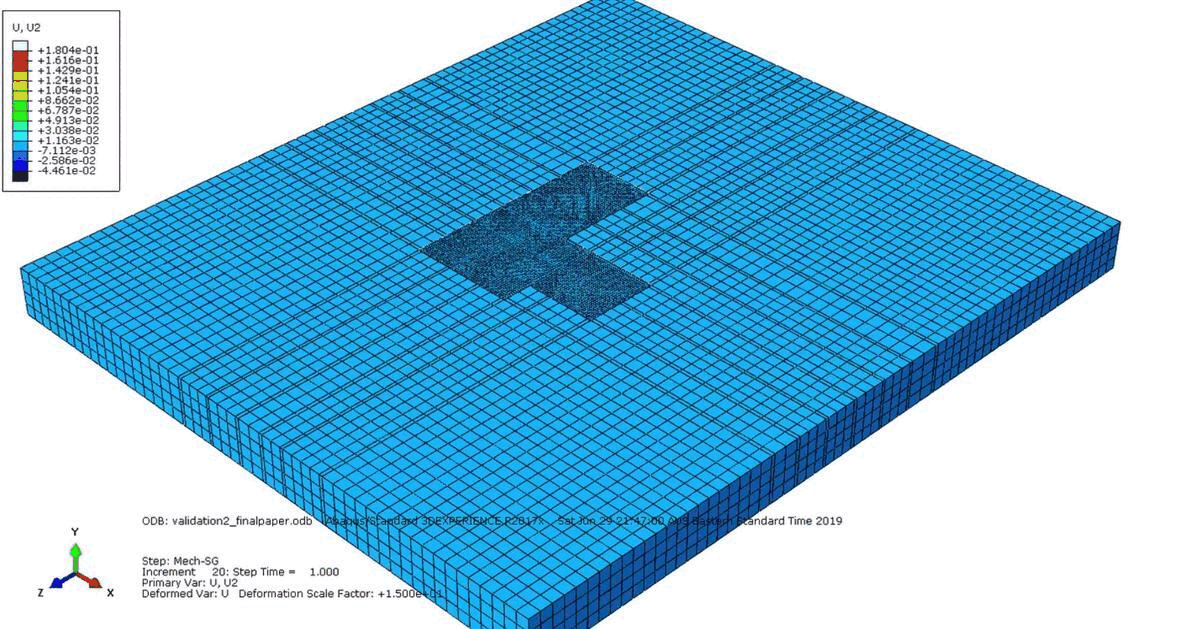PhD graduation
Published:
I attended my long overdue graduation last Saturday (26 March 2022).
It was lovely celebrating with everyone in person and virtually!
Please see below the summary of my PhD thesis.
The Architecture, Engineering and Construction (AEC) industry is currently facing several challenges. A few of these challenges include the failure to keep pace with technological advancements, unsustainable consumption of raw materials, inefficient construction and non-optimal structural performance. Prefabricated construction has been considered as a potential solution to the challenges being faced by the AEC sector. The prefabricated construction process constructs the lightweight building elements off-site, in a controlled environment, and then transports, and assembles on-site. This type of sustainable construction produces less waste, require reduced manual labour, and involve a shorter construction period. However, the full potential of prefabricated construction is yet to be realised in part due to most developments being focused on superstructures.
Lightweight structures, such as houses and pavements, are susceptible to damage caused by the shrink-swell movement of reactive soils. Reactive soils are clayey foundations that expand when their soil moisture content increases or shrink when the soil moisture decreases. This causes cracking of lightweight structures induced by the shrink-swell movement of reactive soils and the repair costs collectively amounts to billions of dollars worldwide. This prompts the necessity to enhance the design and develop a prefabricated slab foundation that can allow the shrinking and swelling of reactive soils whilst maintaining acceptable serviceability, practicality, and sustainability.
A practical 3D coupled hydro-mechanical finite element model was developed to perform parametric simulations, which enabled a deeper understanding of the soil-structure interaction and improved residential slab design equations. The developed model was further used to propose a novel method to design connections for prefabricated residential slabs using the combination of the developed model, topology optimisation, strut-and-tie model, and dimensional coordination. This novel method developed a slab system that accommodates the changing tension-compression flow and bending due to the non-linear response induced by the shrink-swell reactive soil movement.
The global performance, practicality, and sustainability of the developed prefabricated slab foundation were evaluated using the developed model, life cycle cost, and life cycle analysis. The evaluation observed that the developed prefabricated slab foundation performs better than conventional waffle rafts due to the optimised material layout and could be a more sustainable option when reusability is considered. Conversely, the cost of the prefabricated slab was higher than the conventional waffle raft due to the larger number of steel reinforcements required. The cost percentage difference can however be reduced to 5% when constructed on highly reactive soils with a larger house floor area. The prefabricated slab option can be viable to constructions requiring rapid substructure installations such as quarantine hotels, refugee camps, disaster accommodations, and large-scale commercial buildings.

